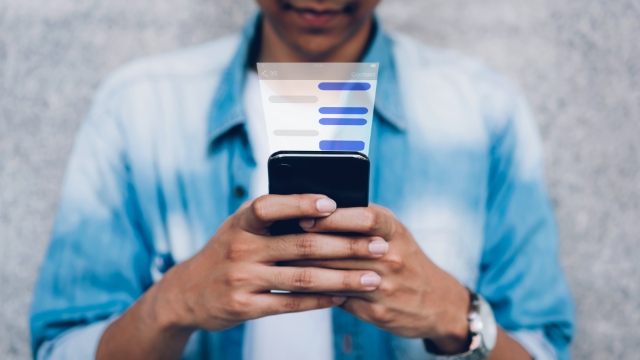
January 28, 2021
Research shows that SMS marketing is one of the most efficient ways to connect with leads and customers. It’s also one of the fastest-growing marketing channels out there. In 2016, 37.2 million users opted in to receive text messages from businesses. By the end of 2020, that number soared to 48.7 million.
So, if your marketing team has decided to add SMS to your inbound toolbox, we can’t blame you! However, there’s a lot to know before you begin sending off your first texts. What do we think is one of the most important things to consider?
What number you’ll be using to send your text marketing campaigns.
If you plan on sending small volumes of texts, a regular number, or a Zap number, will be able to handle your texting needs – but there are daily send limitations for each number that vary by country. When boosting your SMS quantities, you can either choose to buy multiple Zap numbers, buy a toll-free number, or buy a shortcode. Toll-free numbers and shortcodes both have unlimited sending capabilities, but which one you use may depend on a few factors. Keep reading for an overview of both and what you should consider purchasing.
Look at your phone right now. Do you have any texts from your favorite restaurant, store, or service provider? Are they something along the lines of 44872 or 677-94?
That’s a shortcode, or a five or six-digit number used to send SMS and MMS (multimedia) messages to and from mobile phones. A vanity shortcode is a series of numbers that spell out a word on a dial pad. For example, 827438 would spell out Target!
Shortcodes are great for inbound campaigns. In other words, if you want someone to sign up for an offer, you can tell them to text "JOIN" to 12345. They can then be enrolled in future communication and campaigns.
The cost of a shortcode is $1,500 per month. While it's a pricier option than a Zap number or a toll-free number, there are great benefits for mass texting and inbound campaigns.
Toll-free codes, or toll-free SMS, is used to send texts from toll-free numbers to mobile phones. A toll-free number is any long-code telephone number that starts with 800 such as, 888, 877, 866, 855, 844, 833, and so on.
If you look in your messages on your phone, you probably have one of these, too! In fact, HubSpot uses 844 for their toll-free SMS communication.
The cost of a toll-free number is $25 per month. Toll-free numbers are great for people who want to send high volumes, but don't need the inbound functionality that a shortcode has.
You may be scratching your head at this point. Shortcodes and toll-free numbers both send high volumes, so why would it matter which one you use?
Here’s why. Shortcodes and toll-free SMS are routed in different infrastructures, affecting deliverability. If you plan on sending high volume messages for marketing campaigns, a shortcode may be a better option.
A toll-free number would work but it could be filtered by a service provider. Toll-free numbers are monitored closely for spam. Marketing campaigns on SMS enabled toll-free numbers are allowed on a limited basis - meaning your messages should always be personalized (use the HubSpot personalization token) and marketing messages should not be sent via a toll-free number consistently. Along with your marketing messages, be sure to use toll-free numbers for 1:1 communication where the sender and the recipient are having a conversation.
Here are some additional reasons why you’d choose one over the other:
Can’t decide or want to test each out to make an informed decision for your business? SMSzap supports both toll-free SMS and shortcodes numbers, so you can create and send your SMS marketing campaigns effortlessly. You can read more about SMSZap and using different numbers here!